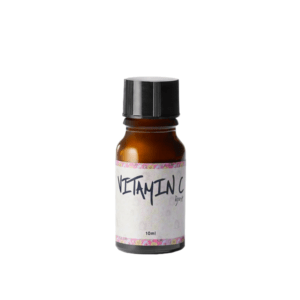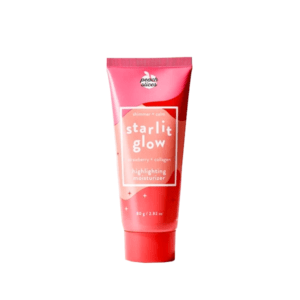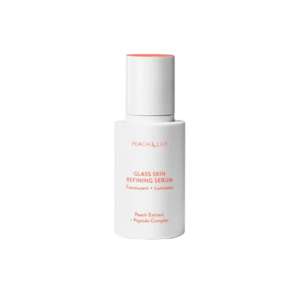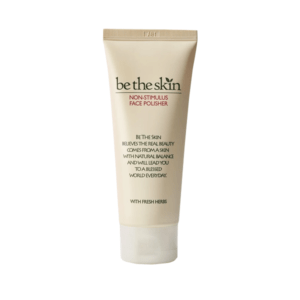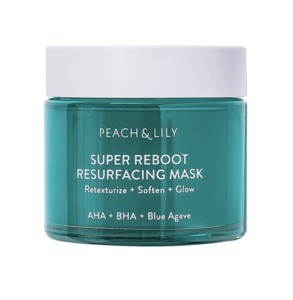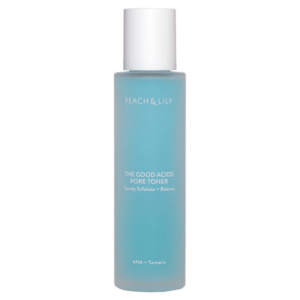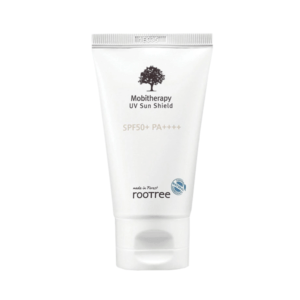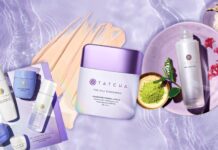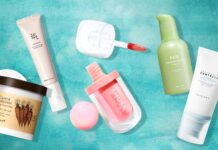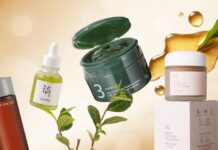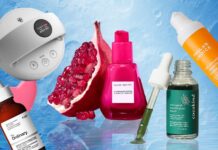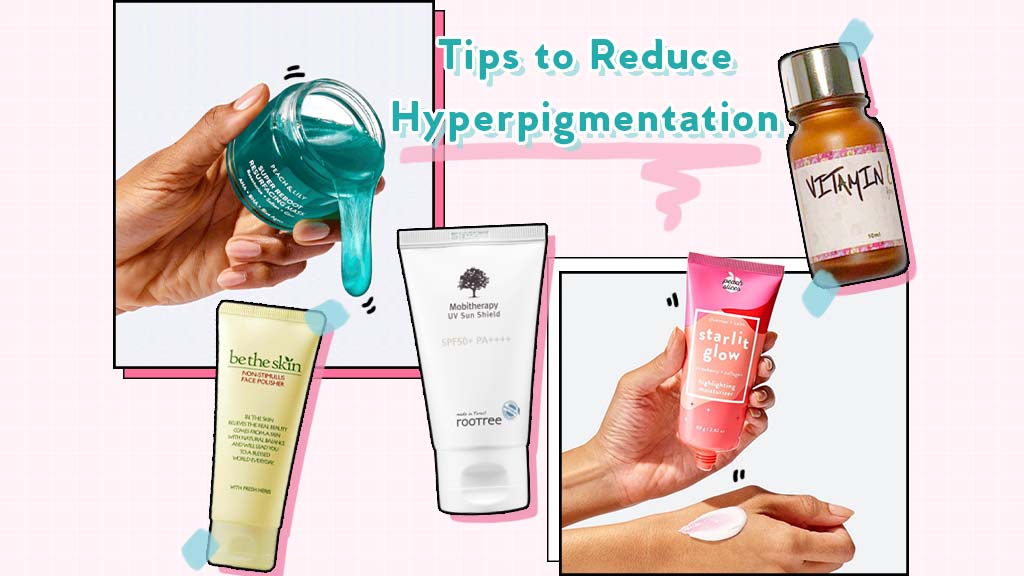
If dark marks and acne scars got you down, don’t worry fam! The good news is hyperpigmentation is common and easily treatable. The not-so-good news is that it will take months of consistent effort to be able to see results, given that you know which ingredients and products to use. Here are some helpful tips to incorporate into your skincare routine for reducing hyperpigmentation!
Know your hyperpigmentation
When it comes to hyperpigmentation, it’s important to choose the right ingredients that can target the source. This means understanding what type you have. There are three common types: post-inflammatory hyperpigmentation (PIH), post-inflammatory erythema (PIE), and melasma. The appearances for all three types are similar, and depending on your lifestyle, skin type, and age, it’s possible to have all three.
PIH and melasma are conditions that are rooted in melanin production in the skin. Due to the presence of wound-like acne or skin damage such as sun tans, the skin triggers excess melanin production. The excess melanin then stains the new skin cells as they travel to replace the current skin cells located in the surface of the skin. This stain is what we see as hyperpigmentation. You will typically see PIH and melasma as dark brown, red, or even purple-colored marks.
PIE is a little different because it’s not directly involved with melanin like PIH and melasma. Instead, it’s related to trauma in the capillaries (or blood vessels) underneath the skin. When this happens, you’ll find bright pink or red-colored marks on your skin that disappear temporarily when you give it a small press. So if you’re someone who has PIE, give your skin some time for it to resolve itself naturally.
Brightening
For PIH and melasma, you’ll want to incorporate skin-brightening ingredients to help control excess melanin production and reduce hyperpigmentation. Luckily, there are a lot of great skin-brightening ingredients that help target melanin production and lighten existing pigmentation on the surface of your skin. Vitamin C, tranexamic acid, azelaic acid, and licorice extract are great for targeting melanin production at its root. They also work to minimize the appearance of pigmented areas on the surface of the skin.
Exfoliate
Since your skin is shedding off layers of dead skin cells, you’ll want something that helps speed up the process. Melanin production is located at the deepest layer of the epidermis (also known as stratum basale) so new skin cells constantly move towards the surface of the skin while old ones die off and flutter away. What’s super cool about this process is that as cell turnover happens, it’s also bringing the excess pigment to the surface. So if you’re dealing with excess pigment, using products containing chemical exfoliants like AHA, BHA, PHA can help minimize the appearance.
Hydrate
Here’s a tip that might blow your mind! Regardless of your skin type, hydration is key! The surface layer of your skin actually has less moisture than the deeper layers, which makes it prone to inflammation and irritation. To top it all off, your melanin production can actually get triggered because your body thinks the lack of moisture is unsafe for your skin. So if you want to reduce hyperpigmentation, incorporate hyaluronic acid, panthenol, or glycerin into your routine.
Protect
Lastly, protecting your skin is super important if you want to keep it free of hyperpigmentation. After everything your skin has gone through, the least we can do to help protect it is to apply SPF. Be sure to apply every two hours with at least SPF 35 for full coverage against UV rays.
Product Recommendations
See what Peach & Lily’s founder/CEO has to share in our interview:
Head over to more information and product recommendations:

